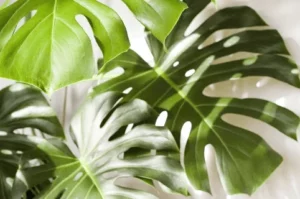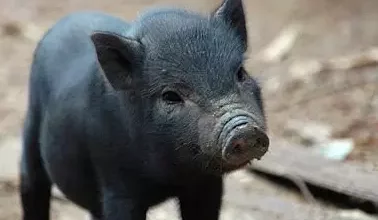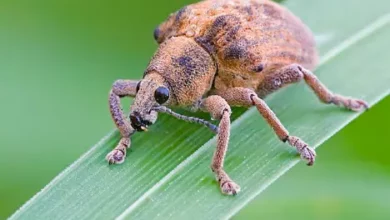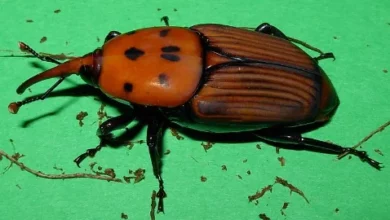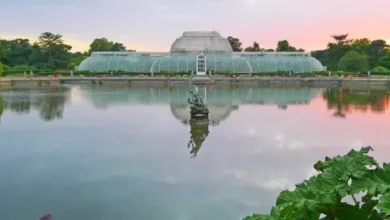Indoor plants: reproduce the ecosystem at home
In recent years, several species of plants have become popular for ornamental use indoors. Some of these species come from climates other than ours, and have peculiar adaptations that require specific care. In this article we will not make a detailed list of all the exotic plants that can be had at home (although it would be interesting), but we will review the peculiar characteristics of some of those species.
Indoor plants adapted to drought
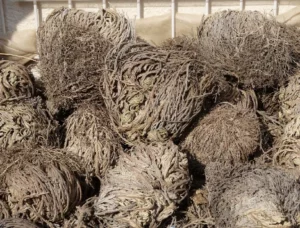
A fairly popular plant is the doradilla ( Selaginella lepidophylla ). This plant is well adapted to desert climates, as it is native to the Chihuahuan desert (between the US and Mexico). This plant does not regulate the amount of water stored in its tissues, so in the absence of water it dries up almost completely, forming a ball and when hydrated it returns to its normal shape.
The common name of the plant is doradilla, but it is confused with the rose of Jericho ( Anastatica hierochuntica ) , a plant native to the Arabian deserts that has the same adaptation to dry climates. The true rose of Jericho is not used as an ornamental plant.
Another type of plants adapted to arid climates are succulents, which store water and other resources inside their tissues. This group includes cacti, plants that have transformed their leaves into thorns, or crassulaceae, which accumulate water in the leaves. Aloe vera belongs to this group , popular for the healing properties of the mucus contained in its leaves, which include the treatment of skin burns.
Some succulents are really easy to grow because they don’t require a lot of water, but others are sensitive to excess moisture, which can cause the roots to rot. This is the case of living stones ( Lithops sp.), Which are named for their pebble-like appearance, and which are sensitive to excessive watering in winter and summer.
Indoor plants adapted to aerial life

Another common type of ornamental plants are those that climb or hang from a pot. A plant that can grow in both ways is the potus ( Epipremnum aureum ), which can reach several meters in height if placed next to a stake, or hung from a pot. Clepia ( Hoya carnosa ), known for its beautiful flowers, can also be grown both ways. The money plant ( Plectranthus verticillatus ), meanwhile, can hang but not climb.
These types of plants are usually tropical and require a lot of light , direct or often indirect depending on the species. In the tropical jungle, the light usually comes filtered by the tops of the tallest trees that protect them from the direct rays of the sun, so at home, they do not tolerate direct sun either. The humidity of the air is as important or more than the irrigation of the substrate, since they are plants that require that the substrate be moistened but that the air is not dry as it happens in their places of origin where the humidity of the environment is very high .
The orchids (family Orchidaceae ) are a type of interesting plant, popular for its beautiful flowers, but require specific care. These plants have aerial roots, because in their natural habitat they grow on other plants . Therefore, the roots must be aerated and receive sunlight. It is also important to maintain an adequate level of humidity but without drowning the plants, for example by placing a plate of water under the pot.
Another example would be air carnations ( Tillandsia sp.), Which absorb nutrients from the air through their leaves and whose roots simply anchor the plant to another plant, or to a string. In this way, it is possible to have these plants hanging without even needing a pot with substrate.
Plants adapted to aquatic life
Some plants do not require substrate to grow, but can do so directly in the water. These plants can be attractive, either for the ease of their care or for their appearance. Some of these species are the cat’s ear ( Tradescantia fluminensis ), the matalí ( T. zebrina ), the monstera or Adam’s rib ( Monstera deliciosa ) or different species of maranta ( Maranta sp.).
An attractive option is to grow these plants in a fish pond, so that the waste from the animals serves as sustenance for the plants. If not, the addition of liquid fertilizer may be necessary. In any case, these are plants that grow well indoors and have a very attractive appearance.
